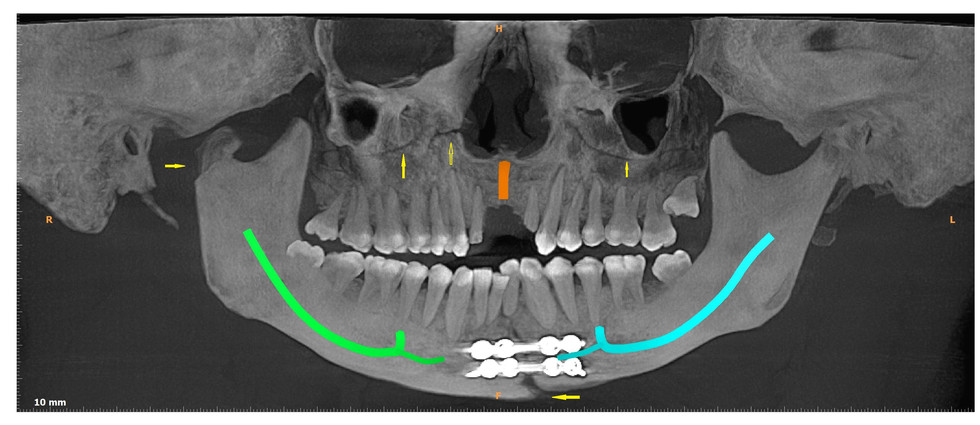The diagnosis of maxillofacial fractures is accomplished by a combination of clinical examination and imaging investigations. The radiographic examination of any suspected fracture should be in at least two planes, oriented perpendicular to each other.
CBCT has been used to assess maxillofacial and mandibular fractures. Limited FOV CBCT is also capable of detecting jaw and tooth fractures. CBCT is superior to conventional CT imaging modality to assess bone and tooth related structures. The examination includes orthogonal sections (axial, sagittal and coronal sections). It also includes multiplanar sections which can be reconstructed in any desired plane and 3D reconstruction, which has proved to be very valuable in the evaluation of complex maxillofacial anatomy. The 3d images help in visualization of the displaced fracture segments and their relationship to one another. This blog discusses maxillofacial and mandibular traumas and fractures from reported cases.





















































































































Very well explained Dr chandan...This can simplify our radiographic diagnosis